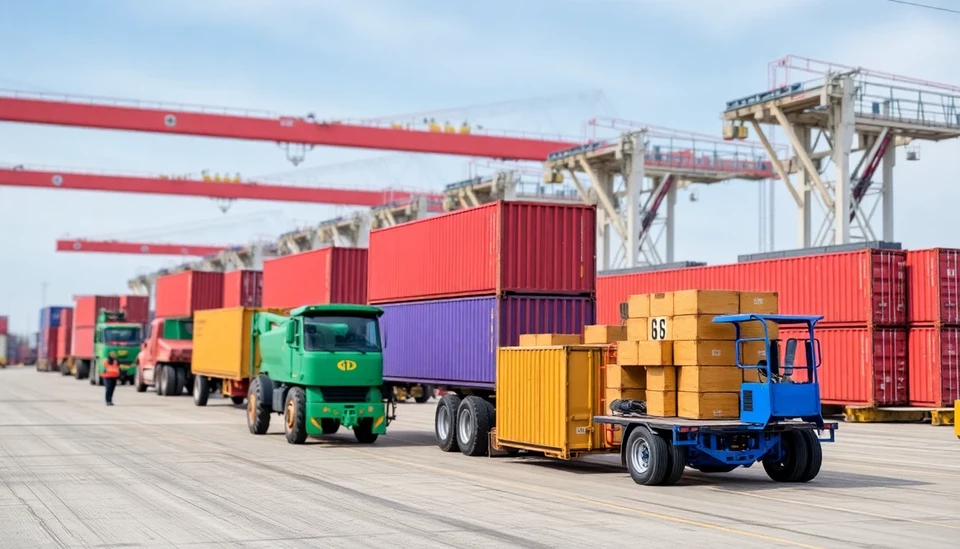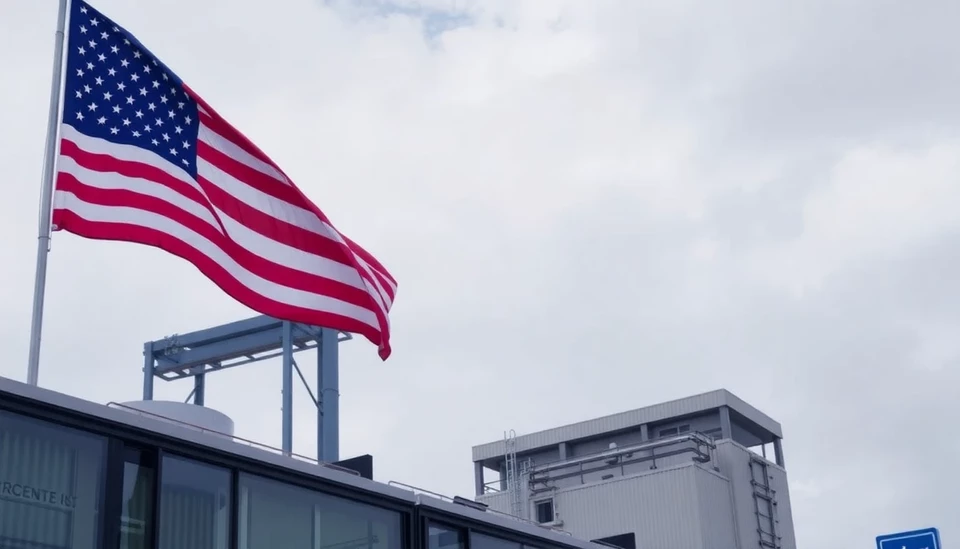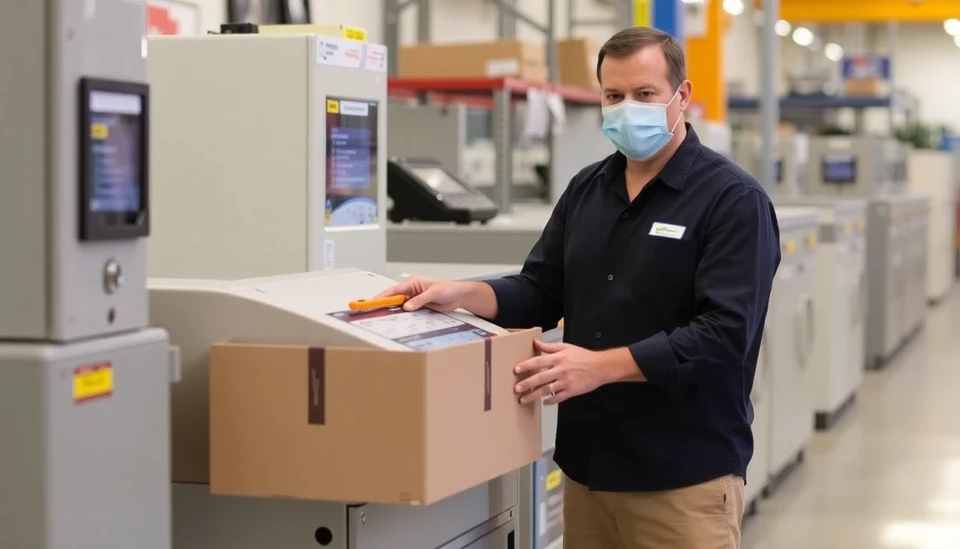
In a climate marked by uncertainty surrounding international trade policies, the latest figures have revealed that orders for U.S. capital goods saw only a slight increase. This cautious uptick reflects businesses' apprehension regarding potential tariffs and their subsequent impact on future investments. According to the report released by the Commerce Department, new orders for non-defense capital goods, excluding aircraft, rose by just 0.3% in March, trailing behind economists' expectations for a growth of 0.5%.
The numbers point to a broader trend wherein organizations are proceeding with restraint in their purchasing decisions, highlighting the hesitancy to commit to substantial capital expenditures. Analysts note that firms are contending with a labyrinth of challenges, encompassing geopolitical tensions and erratic fluctuations in raw materials costs, prompting a cautious approach to expansion and investment. The manufacturing sector, a vital pillar of the economy, is particularly sensitive to these shifting dynamics, raising concerns about the sustainability of economic growth.
Moreover, a deeper investigation into the capital goods orders data suggests that even though there was an upward movement in the headline figures, the underlying performance remains sluggish. Orders for machinery, which is crucial for manufacturing efficiency and productivity, showed no significant improvement, with only a marginal rise that fails to inspire confidence among economists who analyze the broader economic landscape.
Additionally, surveys from various sectors indicate that while the demand for goods remains steady, businesses are grappling with uncertainty regarding their supply chains, as tariffs have complicated import processes and heightened costs. Companies are paying closer attention to their inventories, preferring to adopt a wait-and-see approach instead of expanding their operational capacities drastically.
This cautious mentality, prevailing across multiple industries, can be attributed in part to the ongoing dialogue surrounding trade policies between the United States and its international partners. Stakeholders are keenly observing how changes in tariffs could ripple through their operations, influencing everything from pricing strategies to workforce planning. The ramifications extend beyond immediate profit margins, as firms consider long-term implications for their competitiveness in the global marketplace.
In summary, while the increase in capital goods orders could be seen as a silver lining, the broader economic context casts a shadow of uncertainty. Businesses appear to be prioritizing stabilization over aggressive growth, reflecting an economy at a crossroads in the face of external pressures. Future reports will be crucial in determining whether this trend holds or if businesses will return to pre-tariff levels of confidence in their investment strategies.
As the economic landscape continues to evolve, it has become imperative for companies to adapt swiftly in order to navigate any unexpected developments in trade agreements. With changing global conditions, the future of capital goods orders will warrant close scrutiny in the months to come.
#CapitalGoods #Economy #Tariffs #Investment #Manufacturing #TradePolicy #BusinessConfidence
Author: Daniel Foster


